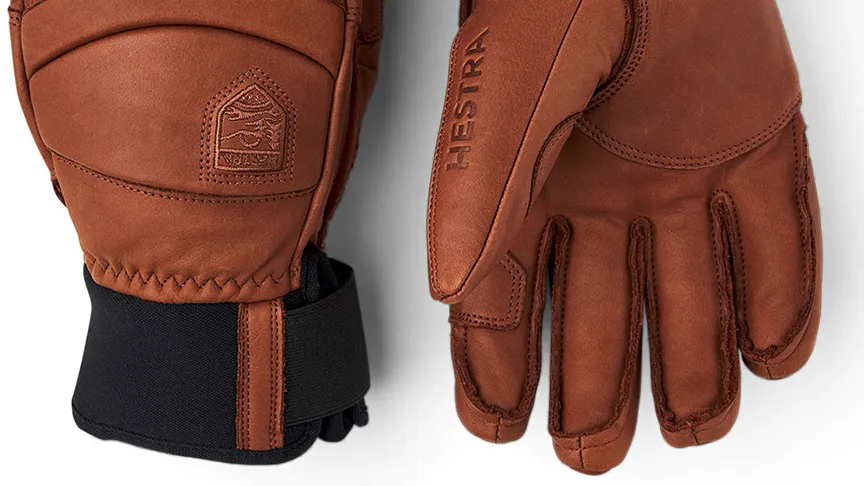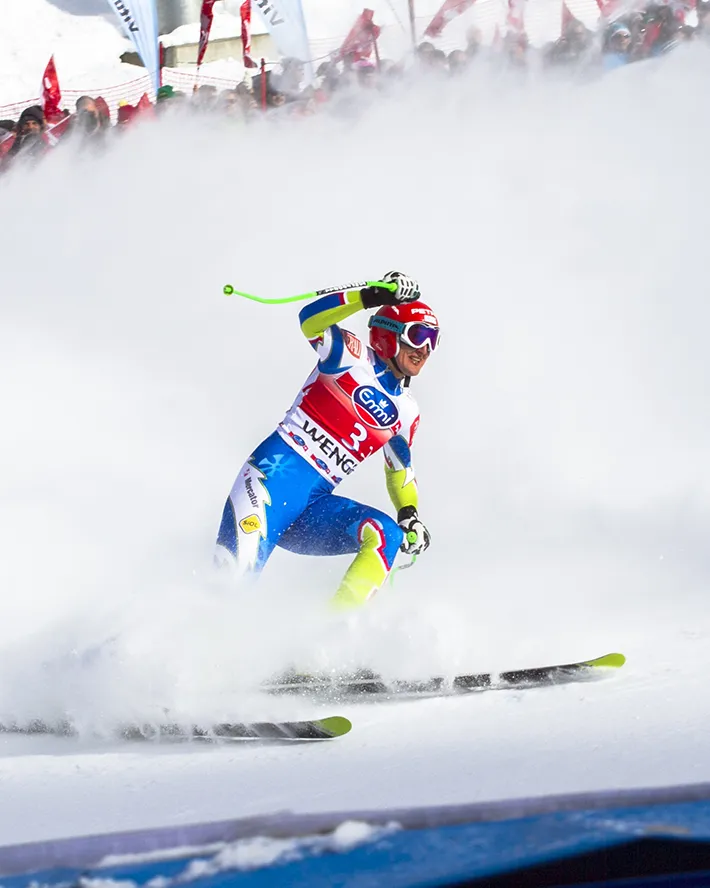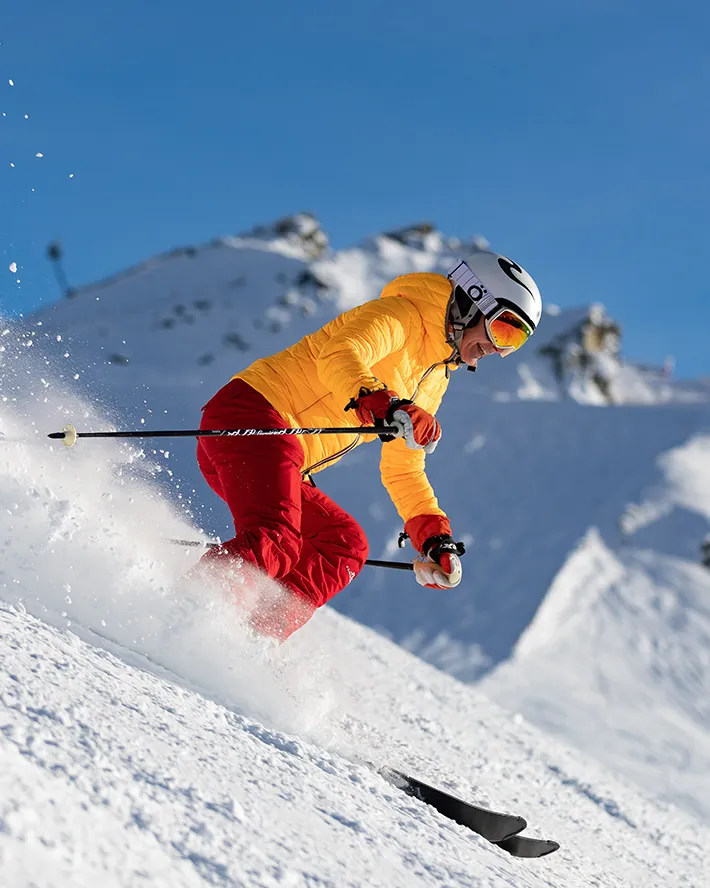Ski racing has a rich history dating back to the early 20th century, when the sport first began to gain popularity in Europe and North America. Over the years, many legendary ski racers have emerged, pushing the boundaries of what was thought to be possible and leaving a lasting impact on the sport. In this blog post, we will take a look at some of the pioneers who changed the game and helped shape the sport of ski racing into what it is today.
How to choose a ski glove

Choosing the right ski gloves can be a daunting task, especially with the vast array of options available on the market. But with a few key considerations, you can find a pair of gloves that will keep your hands warm, comfortable, and protected on the slopes. Here are 5 points to consider:
1. Insulation. No point in having a ski glove if it doesn't keep your hands warm, and much of the thermal properties of a ski glove are determined by the insulation material. Ski gloves are made with either synthetic or natural materials, each with their own unique benefits. Synthetic materials, such as polyester, are typically less expensive and provide good insulation even when wet. Natural materials, such as down or wool, are typically more expensive but can offer better warmth and breathability. Newer premium synthetic materials such as Thinsulate aim provide the best qualities of both with the lowest pack volumes.
2. Fit. The right fit is very important for comfort and warmth. Ski gloves should be snug but not tight, with enough room to allow for movement and flexibility. You should also consider the length of the cuff. A longer cuff can help to keep snow out, but it can also make it more difficult to put the gloves on and take them off. Gauntlet mitts provide great protection from snow entry, but are easy to get on and off, for a little extra price.
3. Waterproofing and breathability. Ski gloves should be able to keep your hands dry in wet conditions, but ideally they should also be breathable to prevent sweating and overheating. Look for gloves with a waterproof and breathable membrane, such as Gore-Tex, to provide the best protection and comfort on the slopes - many manufacturers have their own equivalent material, which can perform almost as well but at lower cost.
4. Dexterity. Ski gloves should be able to provide a good range of motion, so you can easily grip your ski poles and perform other tasks on the slopes. Look for gloves with pre-curved fingers, as well as reinforced fingertips, to provide the best dexterity and durability. While mitts are usually a warmer option than 5-finger gloves, they do come at the cost of dexterity, as anyone who as ever tried to pick up a dropped object while wearing mitts will recognise. Three-finger "lobster" gloves are a great compromise, as they have much of the warmth of mitts, but provide massively increased dexterity as they leave the first finger free to allow a pincer grip.
5. Additional features. Extras such as wrist leashes, removable liners, and goggle wipes can provide added convenience and comfort on the slopes, but they might not essential for everyone. Consider your own needs and preferences when choosing which features to prioritize. We're a great fan of wrist leashes, especially for off-piste skiing, as a lost glove can be a real safety issue in the backcountry.
In conclusion, choosing the right ski gloves involves considering a number of factors, including insulation, fit, waterproofing and breathability, dexterity, and additional features. By considering these, you can find a pair of gloves that will keep your hands warm, comfortable, and protected on the slopes, while being tailored to your exact needs.


